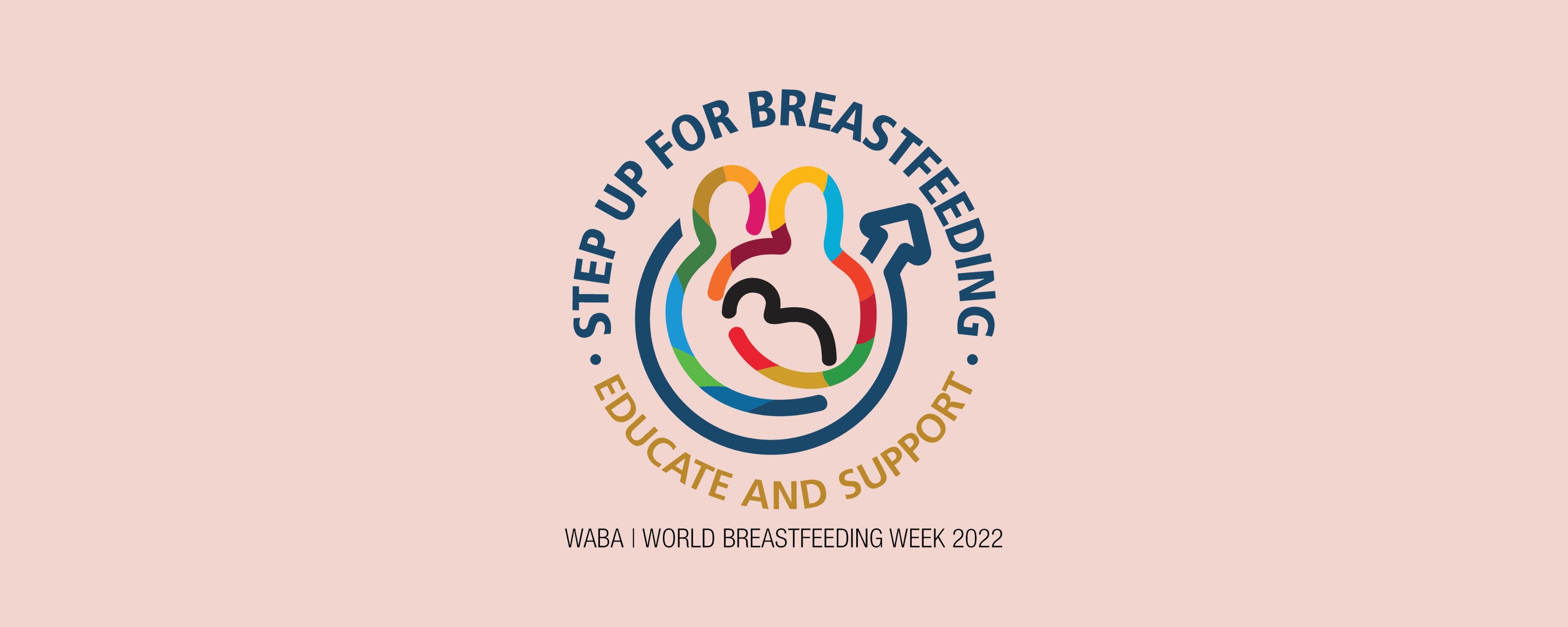The International Breastfeeding Journal have published an independent clinical trial on Lactamo. Access the trial here.
Authored by Professor Linda Sweet and Dr Vidanka Vasilevski with Deakin University and Western Health the trial was completely independent.
- 100% of women in the trial “reported that they would recommend Lactamo to other mothers to assist their lactation”
- "a valuable aid for breastfeeding women"
- 100% of women who used Lactamo "felt that it was beneficial for their lactation".
- The most common lactation concern that prompted the use of Lactamo was the sense of full and painful breasts or engorgement. All the women experiencing these concerns found using the device very helpful. One mother said, “when my breasts are engorged, I think it definitely helps get the milk out”.
- Lactamo was "useful when experiencing blocked ducts and pain". One mother explained, “I think it helped the milk come out easier and helped the breast pain. I used the ball to massage out the lumps and it worked”. For some it was used as a preventative tool. “I have used it more in the last couple of weeks because I had a bit of pain from time to time on both sides, so I wasn’t sure if I had a blockage, so for me I use it as a preventative and a method of relieving pressure or pain”.
- Some women chose to use it prior to feeding or expressing to promote let down and breast emptying. As explained, “I tried it while feeding … and while pumping. It was better using the ball [Lactamo] and it was warmer and released the milk more easily [than hand massage]”. One woman found using Lactamo shortened her expression time. She explained, “I massage with it – [I get the] same volume but in less time pumping”.
- “I like that the spikes vary on each side - a softer side and a spikier side”.
- Lactamo was reported to "improve milk production while expressing".
- Lactamo was used "daily to relieve symptoms of blocked ducts [and] mastitis".
- "I use it when I missed my timing for pumping and my breasts get engorged and hard, and you can feel the ducts, so I use the ball to soften it up. I think it does a really good job - so it is in my pumping kit all of the time”.
- Lactamo was mostly commonly used in the early weeks of establishing lactation. “It definitely helps, particularly in first few weeks when I was still finding my mojo - at that point, I have never had issues with supply, but lots of lumps in my breasts, so it was really useful to help get those out. I was quite engorged and in pain”.
- “I use in the shower as I find it more convenient, and easy to add to the routine. Massage to improve supply, the warmth of water helps too - it just feels a lot better, my comfort with it [Lactamo] depends on pressure and fullness of the breast”.
- "It’s really fantastic!”
- "I had the mastitis, and it actually did help really well".
- “It’s easy to use, and it beats having to use your fingers for massage – you just roll it around – so it’s easier and more effective”.
- “It’s pretty easy to use, it’s not complicated”.
- "I think especially new mums who don’t know what they are doing, it will definitely benefit them”.
- Lactamo "was perceived to allow greater coverage of the breast than could be achieved by hand massage alone. A recent review has shown that breast massage is an effective method for managing common breastfeeding problems, however, no massage devices were included. The current observational study demonstrates that Lactamo may enhance the facilitation of breast massage as it can be easily guided around the breast. In addition, the ability to modify its temperature is an added benefit for addressing concerns, however, this function was not always used by the women. Increased milk production has been demonstrated with breast expression and areola compression with an electric expression device and by hand massage during breast expression. Furthermore, Oketani breast massage has been shown to increase total solids, lipids, and casein concentration and gross energy of breastmilk. While the women in the study indicated that their use of Lactamo may have increased their supply, the devices’ impact on breastmilk volume and composition warrants further investigation."
- Women who received Lactamo later on in their breastfeeding journeys "wished they had received it earlier".
What an incredible first study!
There is so much need for innovation and support in breastfeeding to address the low rates of breastfeeding. Lactamo is so grateful to Professor Linda Sweet and Dr Vidanka Vasilevski with Deakin University and Western Health for the opportunity to showcase its potential.






